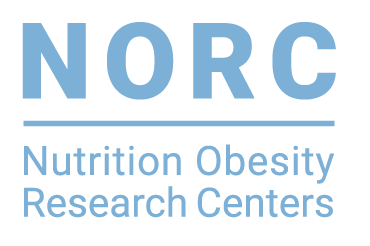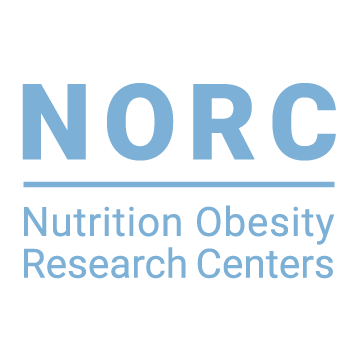Abstract
The lean body weight phenotype of hepatic lipase (HL)-deficient mice (hl(-/-)) suggests that HL is required for normal weight gain, but the underlying mechanisms are unknown. HL plays a unique role in lipoprotein metabolism performing bridging as well as catalytic functions, either of which could participate in energy homeostasis. To determine if both the catalytic and bridging functions or the catalytic function alone are required for the effect of HL on body weight, we studied (hl(-/-)) mice that transgenically express physiologic levels of human (h)HL (with catalytic and bridging functions) or a catalytically-inactive (ci)HL variant (with bridging function only) in which the catalytic Serine 145 was mutated to Alanine. As expected, HL activity in postheparin plasma was restored to physiologic levels only in hHL-transgenic mice (hl(-/-)hHL). During high-fat diet feeding, hHL-transgenic mice exhibited increased body weight gain and body adiposity relative to hl(-/-)ciHL mice. A similar, albeit less robust effect was observed in female hHL-transgenic relative to hl(-/-)ciHL mice. To delineate the basis for this effect, we determined cumulative food intake and measured energy expenditure using calorimetry. Interestingly, in both genders, food intake was 5-10% higher in hl(-/-)hHL mice relative to hl(-/-)ciHL controls. Similarly, energy expenditure was ~10% lower in HL-transgenic mice after adjusting for differences in total body weight. Our results demonstrate that (1) the catalytic function of HL is required to rescue the lean body weight phenotype of hl(-/-) mice; (2) this effect involves complementary changes in both sides of the energy balance equation; and (3) the bridging function alone is insufficient to rescue the lean phenotype of hl(-/-)ciHL mice.
Citation
- Chen J, Kaiyala KJ, Lam J, Agrawal N, Nguyen L, Ogimoto K, Spencer D, Morton GJ, Schwartz MW, Dichek HL. In vivo structure-function studies of human hepatic lipase: the catalytic function rescues the lean phenotype of HL-deficient (hl-/-) mice. Physiol Rep. 2015 Apr;3(4). PMID: 25862097; PMCID: PMC4425970.
Read More: Physiological Reports
Research Details
- Research Center: University of Washington

